Search
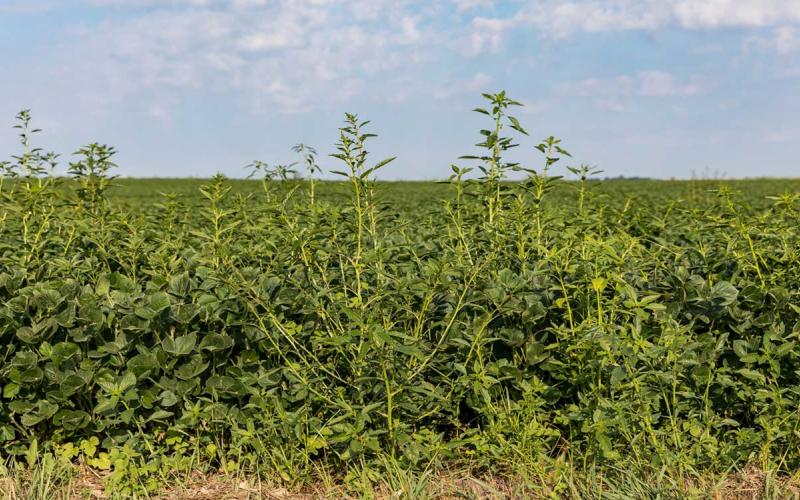
Checking Weed Control at Harvest
With harvest now in full swing, don’t forget to look at your fall weed control. What are the weeds that are left in your crop? Do you know what weeds they are? Is there a weed that you do not know?
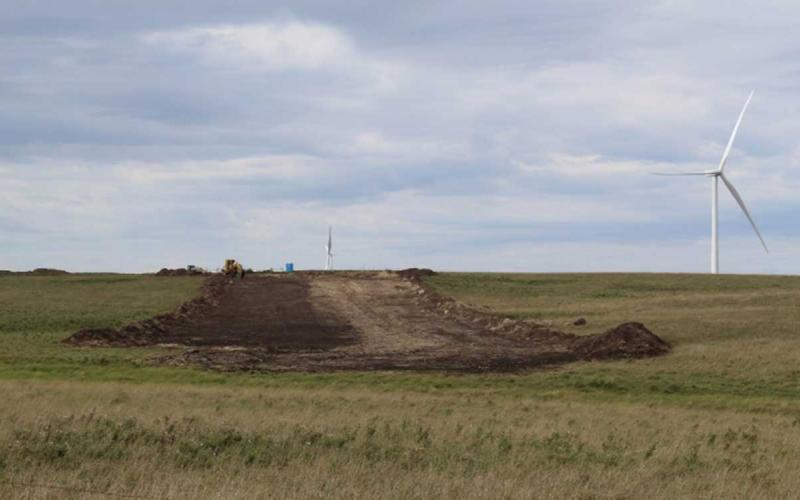
Understanding Contract Language and Restoring Native Grassland Damage after Energy Development
Energy development on private lands can result in locally heavy land manipulation. Of particular concern is the manipulation of native grasslands and other sensitive areas and how it will affect those areas in the short-and-long-term.
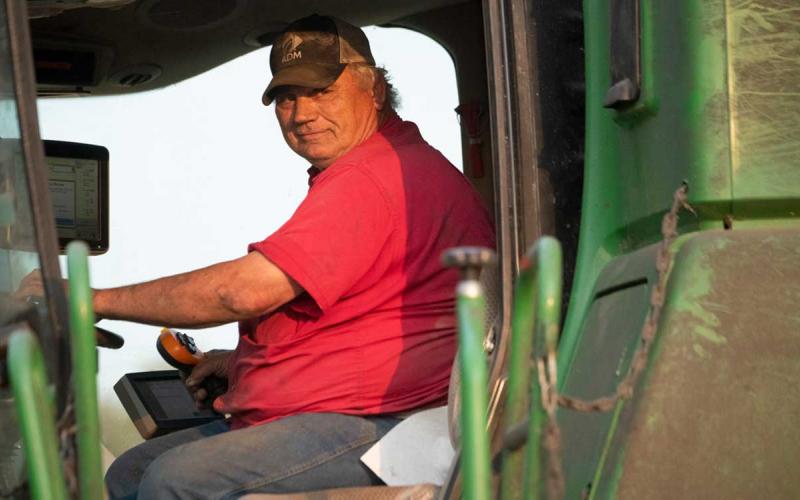
Calibrate Your Combine Yield Monitors!
The equipment associated with precision farming is a considerable investment and is a great tool for gaining knowledge about your farming operation. The yield monitor is often overlooked as the critical piece of equipment when the crops are ready for harvest.
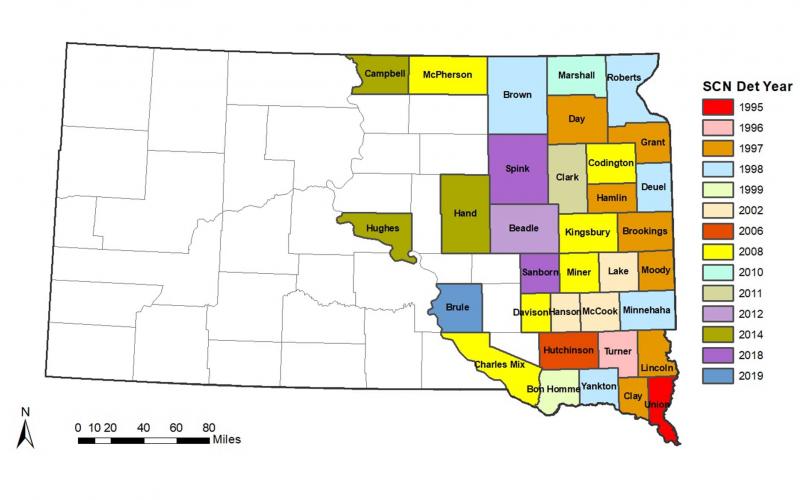
HG Type Testing: A Management Strategy for Soybean Cyst Nematode Control
Have you noticed lower soybean yielding areas in your field? Soybean cyst nematode may be to blame. Fall, and especially after soybean harvest, is the best time to sample soil and have it tested for soybean cyst nematode.
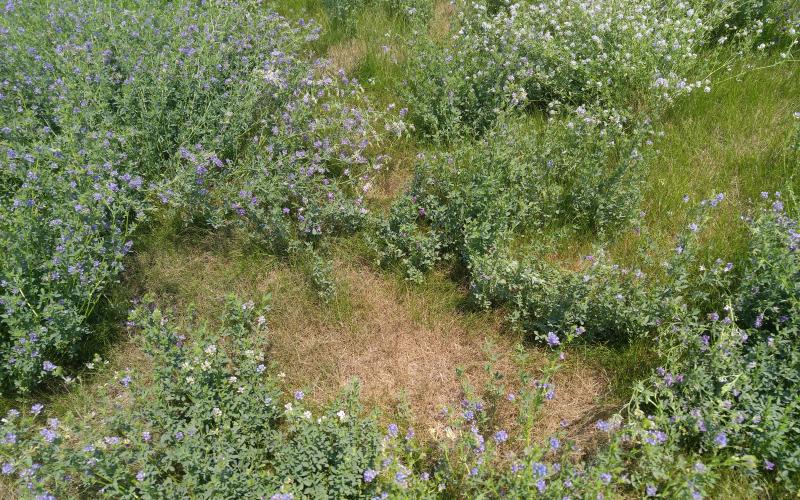
An identification guide for Alfalfa Insect Pests in South Dakota
Pictorial guide for common insect pests of alfalfa in South Dakota
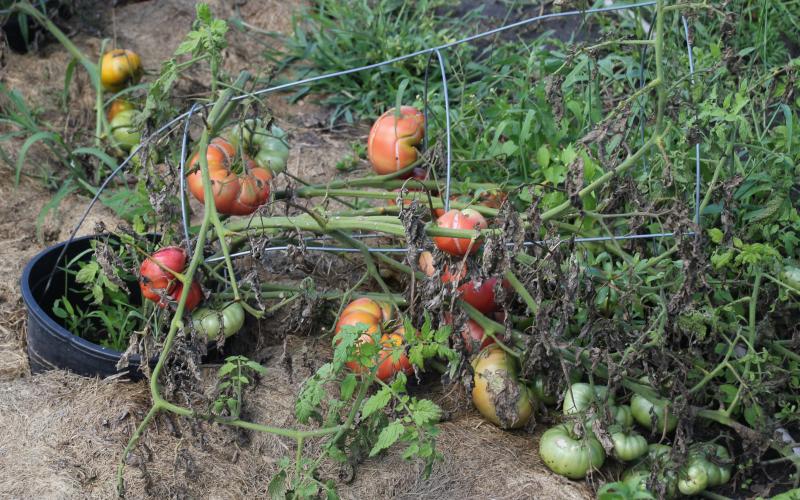
Wet Weather Leads to Tomato Problems
Most of the questions that have been coming in lately, and also earlier this summer, relate to tomato problems. Despite early predictions that this summer was going to be dry, many areas have received above average rainfall with many parts of South Dakota far exceeding typical rainfall amounts in the month of August. Many gardeners received 5 to 8” of rain or more in the first three weeks of August alone.
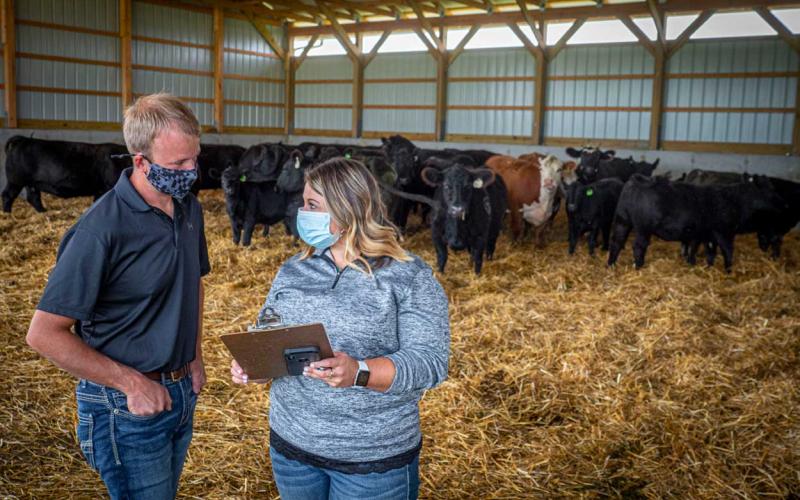
COVID-19 Tips for Farms and Ranches
Continuing to keep employees and family members healthy through the COVID-19 pandemic will require extra effort as you enter the busy time of fall harvest.
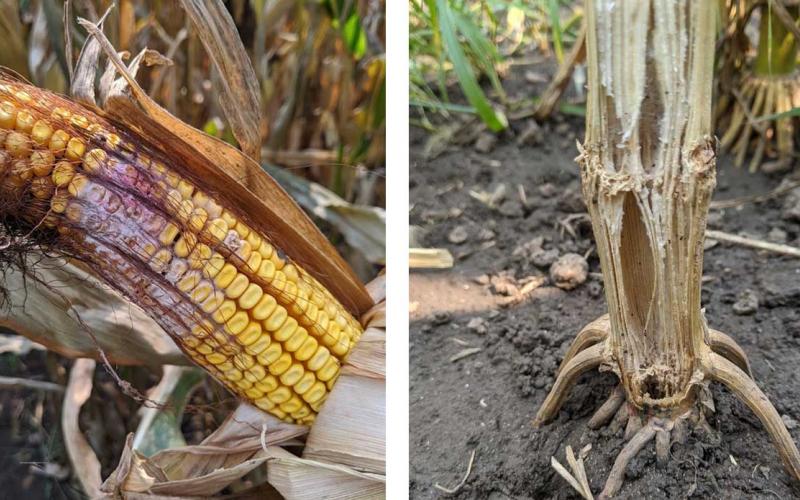
Corn Ear Rots and Stalk Rots: The Last Issues To Check for in Corn Before Combining
Before combining corn, it is recommended to scout your field for corn ear rots and stalk rots. It is important to scout corn fields for these two issues in order to make timely decisions on corn combining.
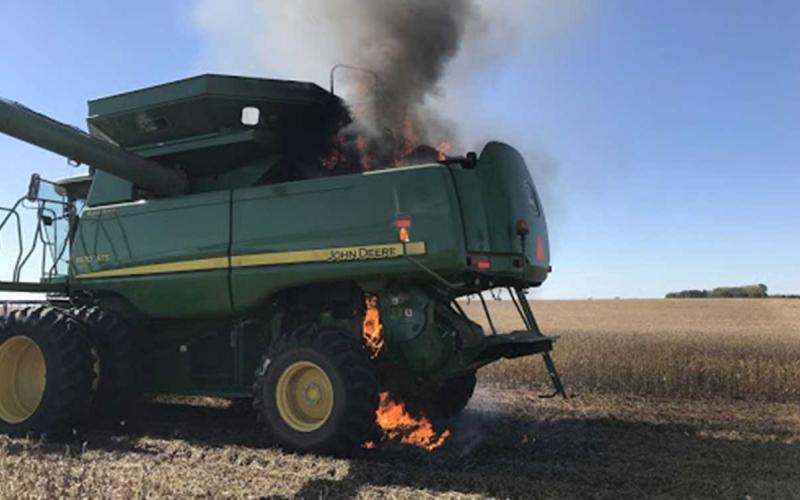
Avoiding Field Fires During Fall Harvest
With dry and drought conditions in the late summer and fall, crops dry down rapidly and harvest starts early. The climate outlook may be favorable for an uninterrupted run at harvest. However, the risk of fires during harvest is always a concern for farmers.
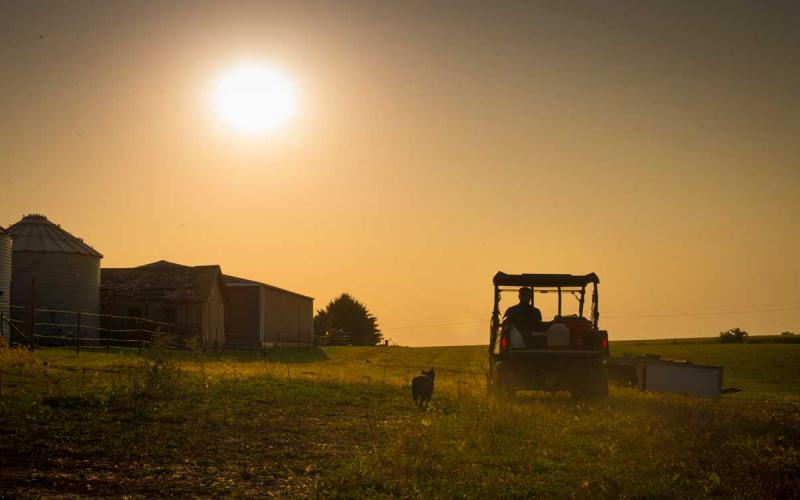
Use Caution When Fall Spraying Noxious Weeds in Pastures To Avoid Harming Desirable Plants
Noxious weed control is often a long-term process. In some cases, chemical application may be deemed necessary, but it should always be considered in the context of appropriate management and an integrated best management framework.